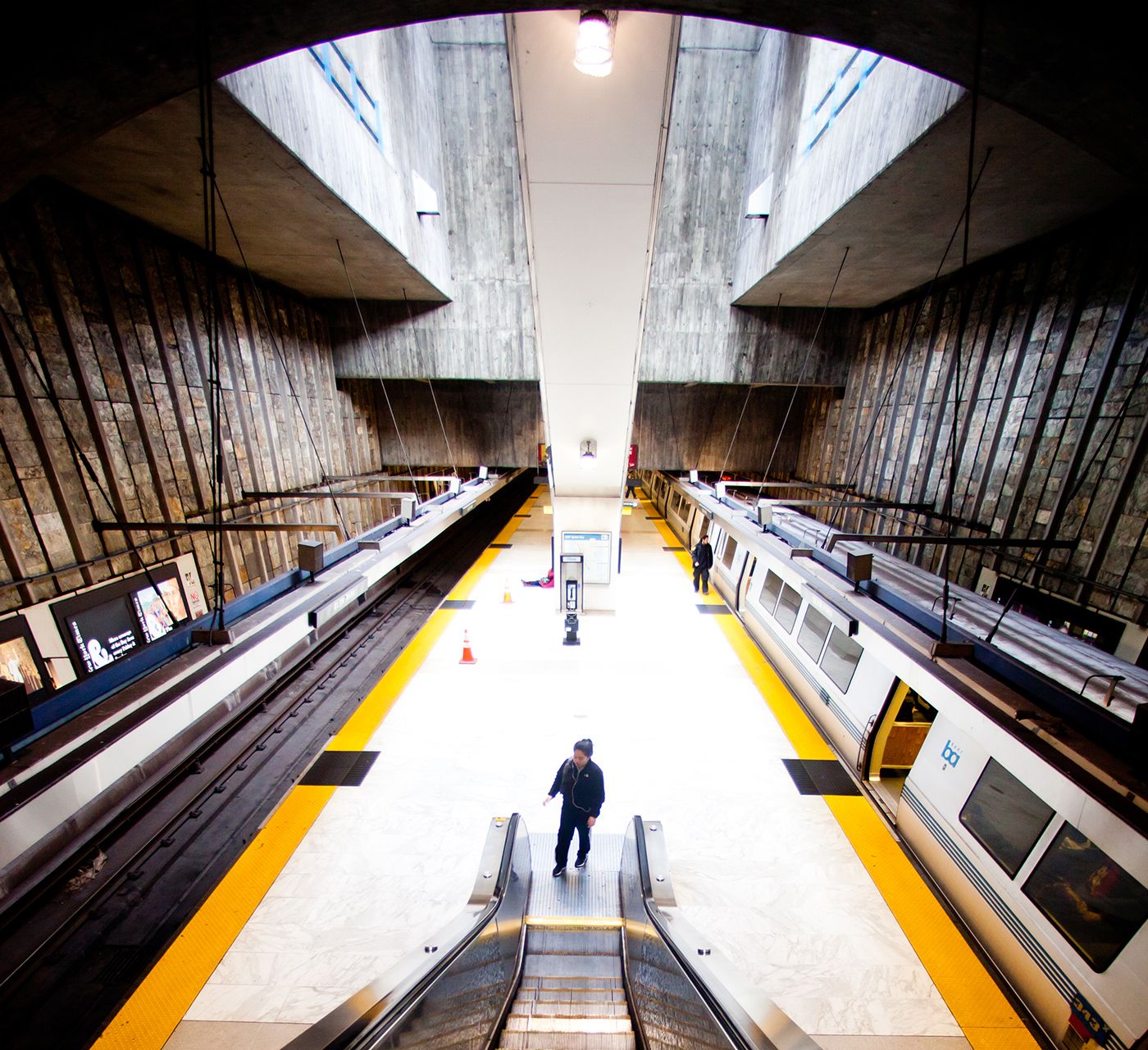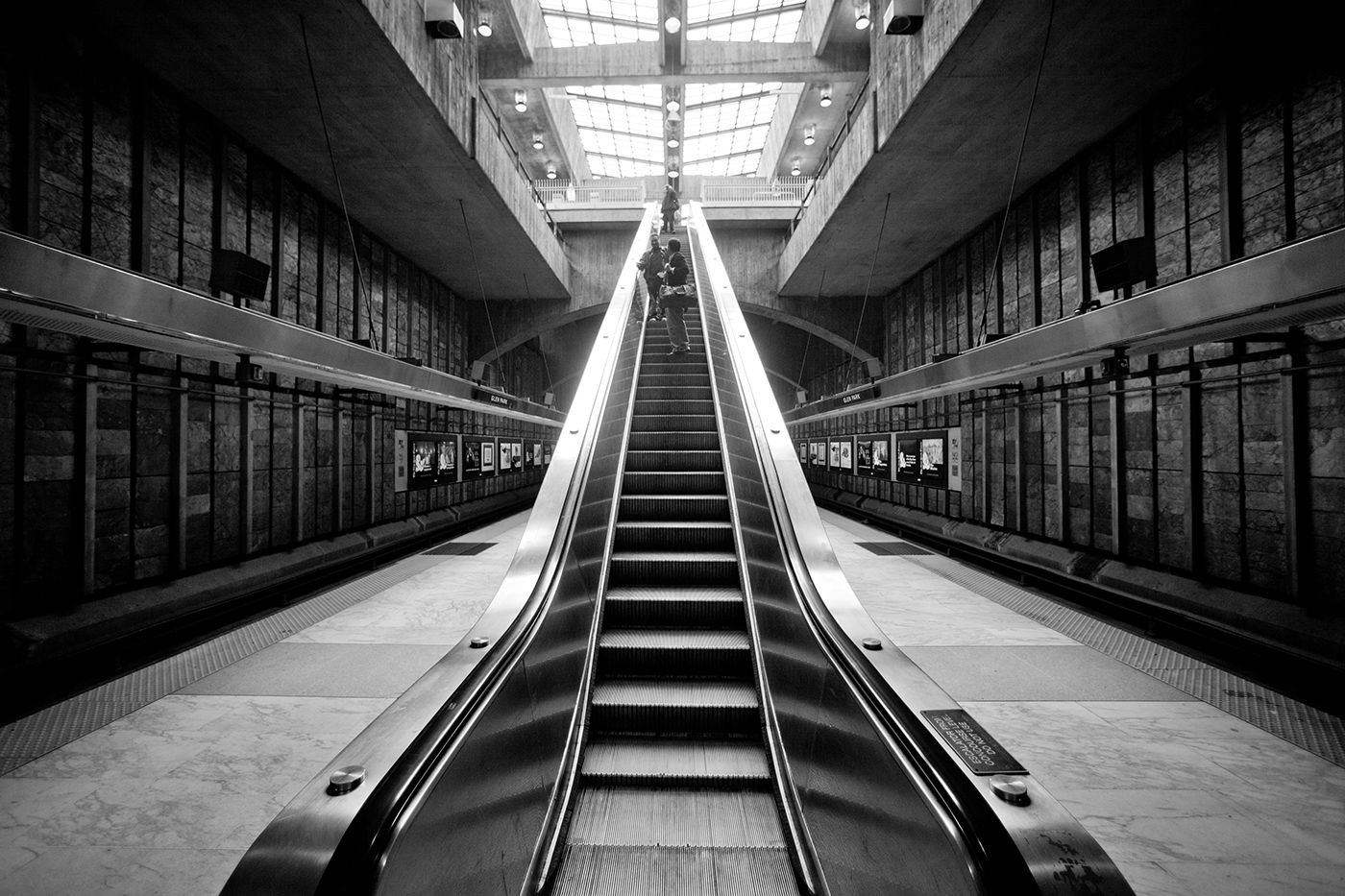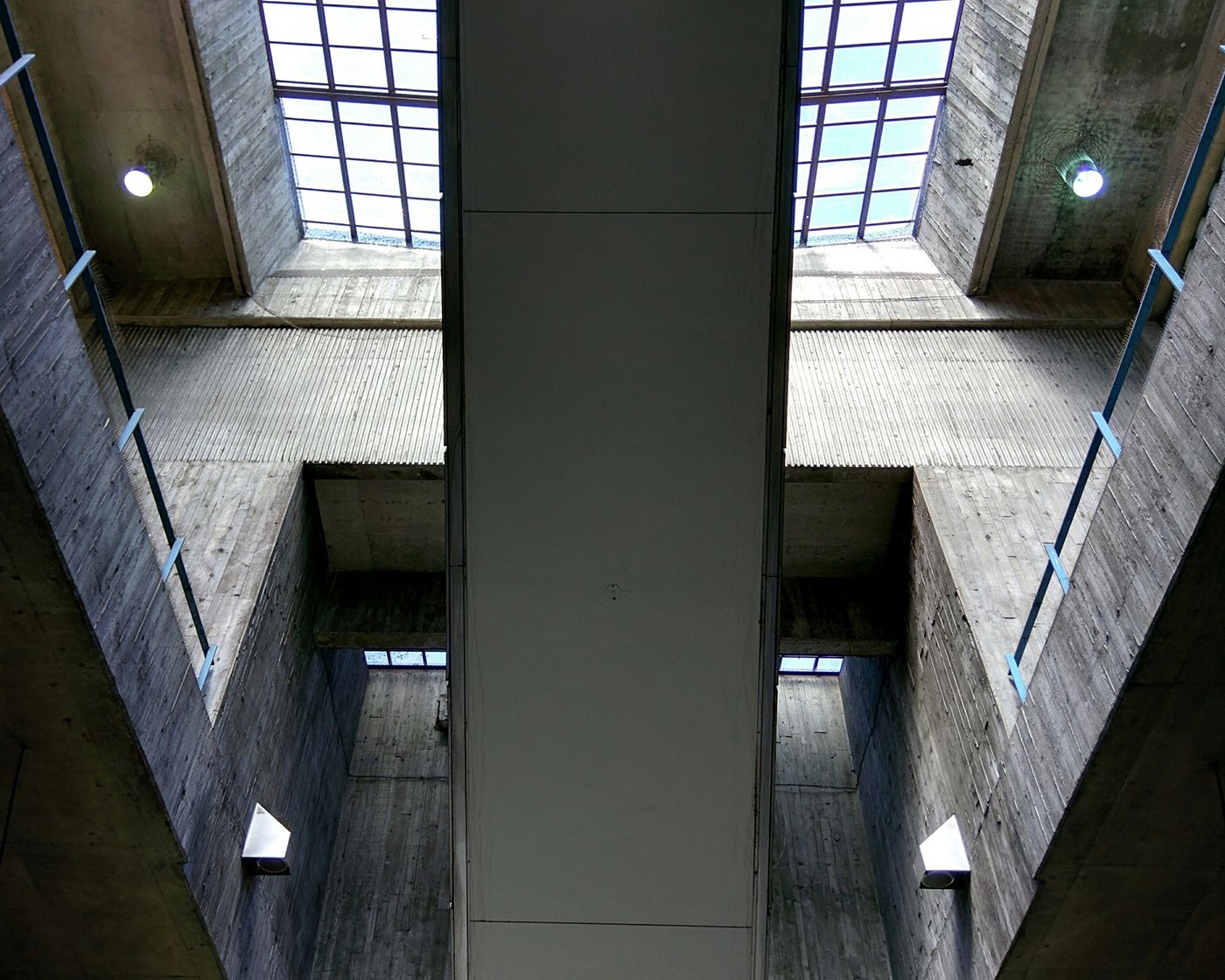Glen Park Station has long been a favorite of all the BART stations among architecture nerds and other aesthetes. And now a local preservationist has applied for it to be added to the National Register of Historic Places.
The station, designed by local architect Ernest Born and opened in 1973, is an especially elegant example of Brutalism — the architecture style made popular in the middle of the century that was heavy on exposed concrete. It also incorporates a Bay Area aesthetic with its pergola-like roof, as UC Berkeley architecture historian Waverly Lowell points out to the East Bay Times. Writing about his love for the station in 2009, Chronicle architecture critic John King says this is "surely" the finest station in the BART system, and writes, "Tucked deep inside the earth, below a muscular, skylighted shell, trains pull in and out amid a brooding grandeur of rough concrete against polished stone, thick structural arches and sharp shafts of light."


Preservation architect Chris VerPlanck, in his application to the Department of the Interior to get Glen Park Station designated to the National Register, writes, "The light-filled concourse departs from conventionally dark Brutalism with its multi-colored mural made of several different kinds of marble. A stair and two escalators provide access to the platform level underground, which appears to have been carved out of the surrounding stone strata. Streams of sunlight pierce its dark recesses, playing off the rough-textured stone cladding and board-formed concrete walls."
Over at Curbed, former SFist editor Brock Keeling wrote a "love letter" to the station just last month, in which he says, "The drab exterior—jarring in its own right, as it should be—belies open and airy interiors that benefit from use of heavy shadows, Carrera marble, rough concrete, natural light, canopies, and an inverted skylight."
And as Lowell says, "Yes, it’s concrete, but it’s warm inside. It’s lovely."
Not all BART riders likely agree, and Brutalism is a hard style to love. But as architect Leon Deng tells the East Bay Times, "It’s magnificent. I actually really love the way the escalators take you out of the darkness and into the light. It’s a really significant experience for me as a passenger."
And BART itself doesn't sound too thrilled about the application, saying, "There were a number of stations that were designed with input from notable architects of the time, as was Glen Park, and we consider it premature to say that Glen Park was or is the singular jewel of our transit system."
VerPlanck says that he simply wants to "encourage" BART to preserve this "jewel" of the system, and the register is one way to do that. If the application gets approved — first by the California’s State Historical Resources Commission and then by the National Park Service — it won't come with any binding conditions about changes made to the station. But it will come with some respect.



